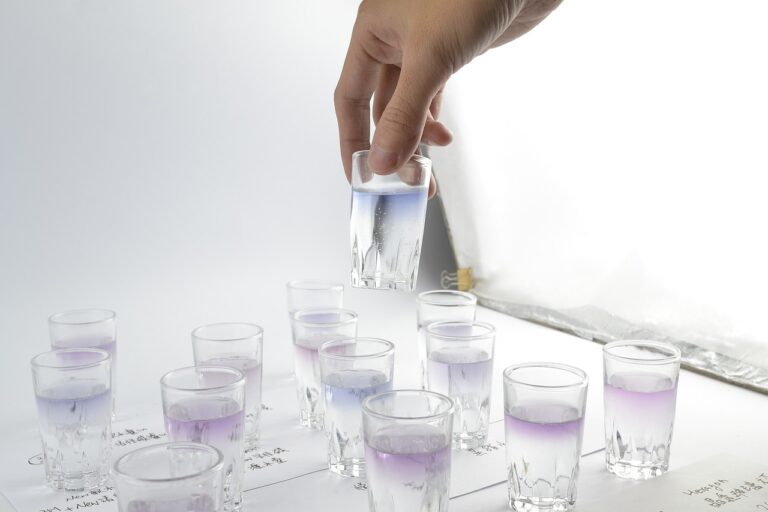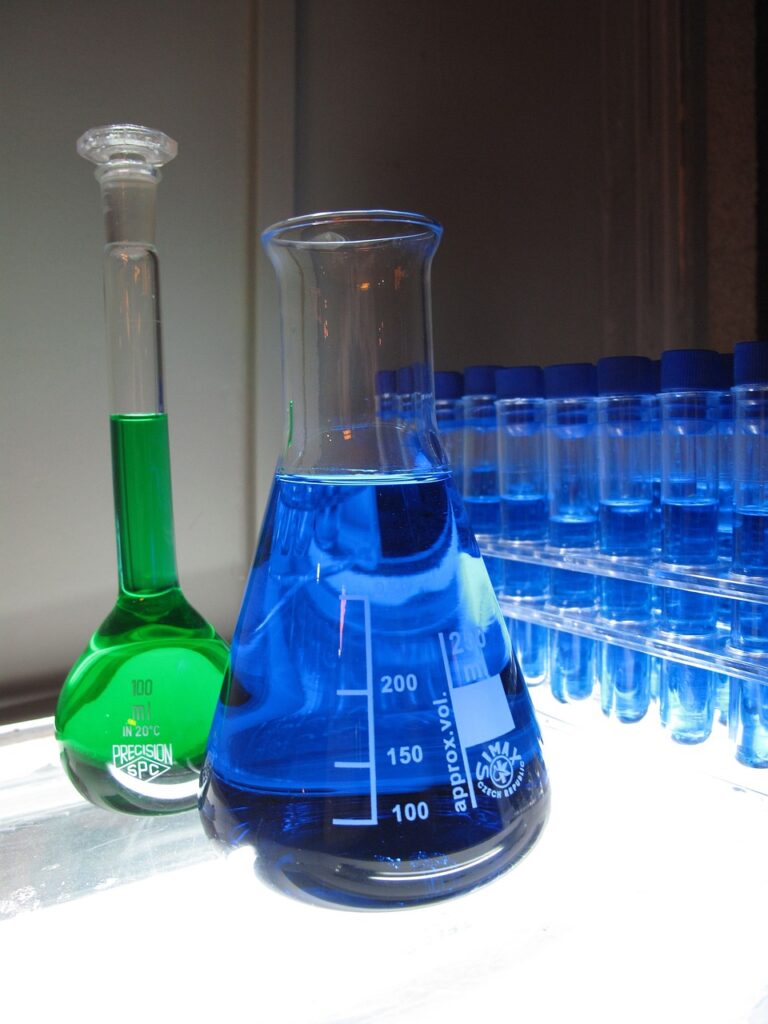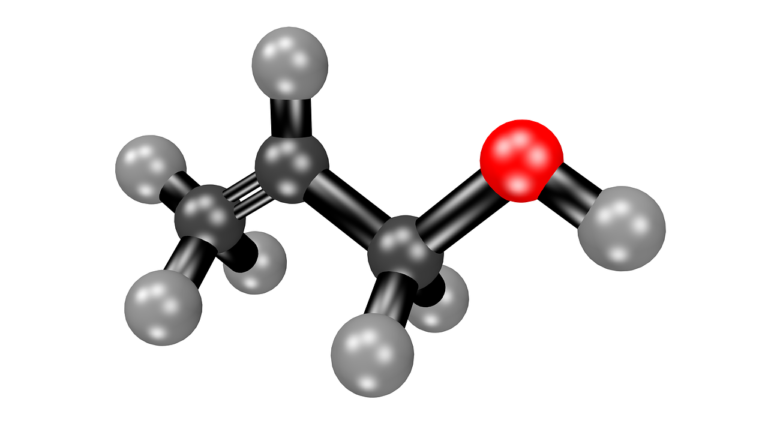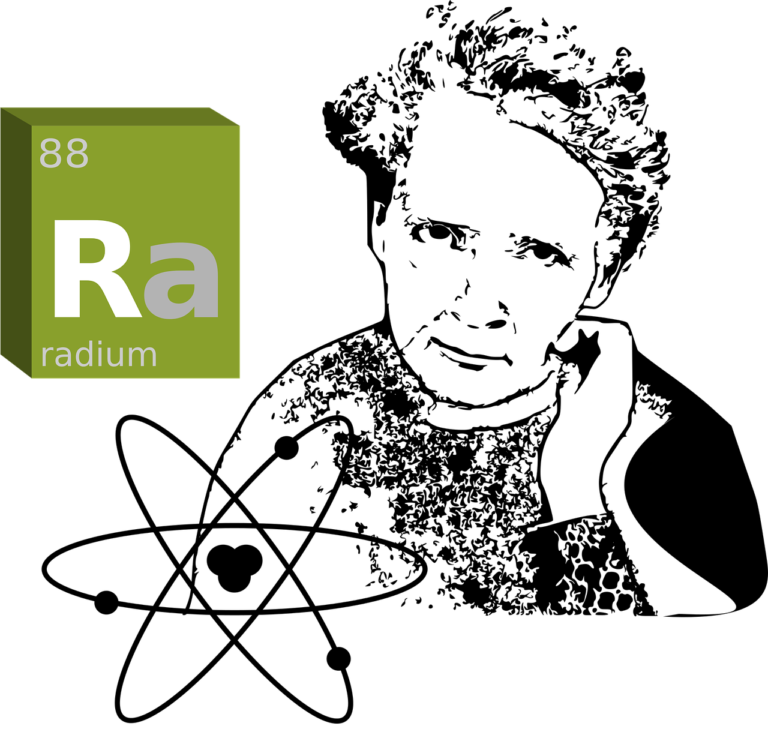We need to know about Ksp AND acid base ideas to solve this problem type. If we lack one or the other of these skills, just be aware that we might struggle a little in our understanding of this problem type.
Unveiling the Dynamics: Understanding Reaction Rates and Stoichiometry in NH₃ Decomposition
Embarking on the fascinating journey of chemical kinetics, my latest exploration delves into the intricacies of reaction rates and stoichiometry, with a spotlight on the decomposition of ammonia (NH₃). Unraveling the molecular ballet of the equation 2NH₃(g) → N₂(g) + 3H₂(g), we decipher the role of stoichiometric coefficients in shaping the rate of change of reactants and products. In this blog post, we demystify the significance of A[NH₃]/Δt, the rate of change of ammonia, connecting the dots between the known rate A[H₂]/Δt of 0.030 mol/s. Join me as we navigate through the elemental principles governing reaction kinetics, shedding light on the captivating world of chemical transformations.
Chemical Concentrations and Calculations
You weigh out 105 mg of Winterium Flakide (Formula WiFl2, mw = 90.380 g/mol) and dissolve it in 2.3 L of water. What is the concentration of Winterium (mw 24.500 g/mol) to three decimal places in ppm.
You weigh out 70 mg of Icium Chrystalide (Formula Ic2Ch3, mw = 93.494 g/mol) and dissolve it in 1.7 L of water. What is the concentration of Icium (mw 24.500 g/mol) to three decimal places in ppm.
You are asked to make 1.9 L of a 110 ppm solution of Icium (mw 23.375 g/mol) using Icium Chrystalide (Formula Ic2Ch3, mw = 84.152 g/mol). How much Winterium Flakide do you need to weigh out to achieve this? Report your answer to 3 decimal places.
You analyze standard solutions of sodium, create a calibration curve and obtain an equation of the line: y = 279.872x + -2.978. You take an unknown and dilute it: 14 mL into a 796.1 mL volumetric flask and filled to the mark. You analyze it and find an emission intensity of 65. What is the concentration of the original unknown in ppm to 3 decimal places.
pH Calculation
pH Calculation What is pH pH is a measure of the acidity or basicity of a solution. It is defined as the negative logarithm (base …
Balancing Act: Determining the Mass of Ethylene Glycol Needed to Alter Vapor Pressure in Ethanol Solution
Embarking on a chemical journey to fine-tune the vapor pressure of ethanol, we first delve into the world of mole fractions, calculating approximately 21.71 moles of ethanol based on its mass and molar mass. Raoult’s Law then takes center stage, guiding us through the intricacies of vapor pressure calculations. As the plot thickens, ethylene glycol enters the scene, prompting the unveiling of its mole fraction and the subsequent determination of its moles in the solution. This orchestrated dance of chemical calculations culminates in the revelation of the mass of ethylene glycol needed to elegantly modify the vapor pressure, a delicate performance that unveils the symphony of molecular interactions within the solution.
Unlocking the Chemistry: Separating Potassium and Sodium Ions with Ion Exchange Chromatography
Ion exchange chromatography stands as a versatile technique, wielding its prowess to dissect ionic substances, including the likes of inorganic cations such as lithium, sodium, and potassium. Our focus narrows down to the intriguing
Molecular structures of acetone and water
Acetone consists of three carbon atoms, six hydrogen atoms, and one oxygen atom. These atoms are arranged in a specific way to form the molecular structure.
Radioactive decay, half-life, decay constant, activity, and simple cubic lattice
Polonium-209 is a radioactive metal discovered by Marie Curie, a Polish chemist, in 1898. It has the atomic number of 84, was named after the country of Poland and given the symbol Po. Polonium-209 was found to emit alpha particles with a half-life of 102 years.
Acid-base titrations in analytical chemistry
Acid-base titrations are widely used in analytical chemistry to determine the concentration of an unknown acid or base solution. This technique is based on the neutralization reaction between the acid and the base, where the concentration of one of the species is known and the other is unknown. The process involves slowly adding a solution of known concentration to a solution of unknown concentration until the equivalence point is reached. The equivalence point is the point where the number of moles of acid and base in the solution are stoichiometrically equal.





